Adaptation of African big-headed ants to urban environments: Insights into colony structure, morphology, and diet
In the recent study “Urbanization influences the trophic position, morphology, and colony structure of invasive African big-headed ants (Hymenoptera: Formicidae) in Taiwan”, Peng et al.* investigate the adaptation of African big-headed ants (Pheidole megacephala) to urban environments in Taiwan. The authors compared ants from urban and periurban forest areas, focusing on their colony structure, morphology, diet, and genetics. They found that urban ants had a higher trophic position, likely due to consuming more animal-based resources. Urban colonies had fewer queens and higher worker relatedness compared to periurban forest colonies. Additionally, urban ants were larger than their periurban counterparts. Surprisingly, gene flow was not restricted between urban and periurban ant populations, indicating that genetic variation did not strongly influence the observed colony structure and morphology differences. Here, Kok-Boon Neoh shares pictures from field work.
* = Ming-Hsiao Peng, Kuan-Ling Liu, Chieh-Yen Tsai, Satomi Shiodera, Takashi F. Haraguchi, Masayuki Itoh, Shu-Ping Tseng, Chin-Cheng Scotty Yang, G. Veera Singham, Jia-Wei Tay, Kok-Boon Neoh
A Photoblog contribution created by Kok-Boon Neoh
And edited by Billu Das, Patrick Krapf, and Alice Laciny

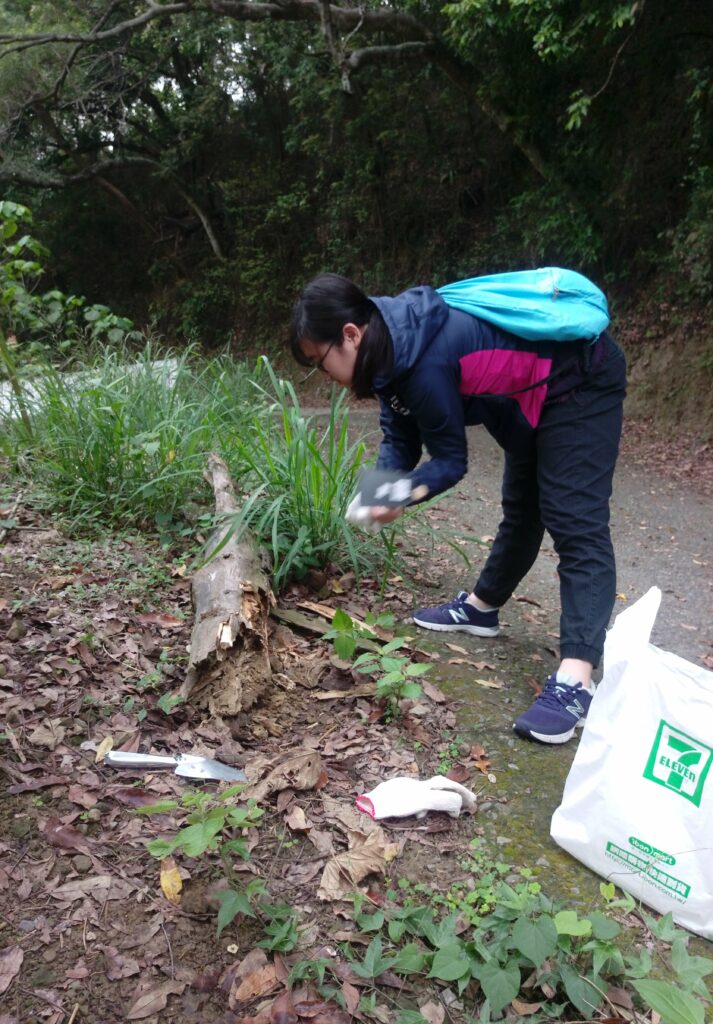


Fig. 1. Colonies of Pheidole megacephala were sampled from dead tree logs along paths in forests which are adjacent to suburban settlements (periurban) (left and middle). The sampled colonies were characterized by low genetic relatedness and containing a significantly higher number of female reproductive individuals (right). © Kok-Boon Neoh
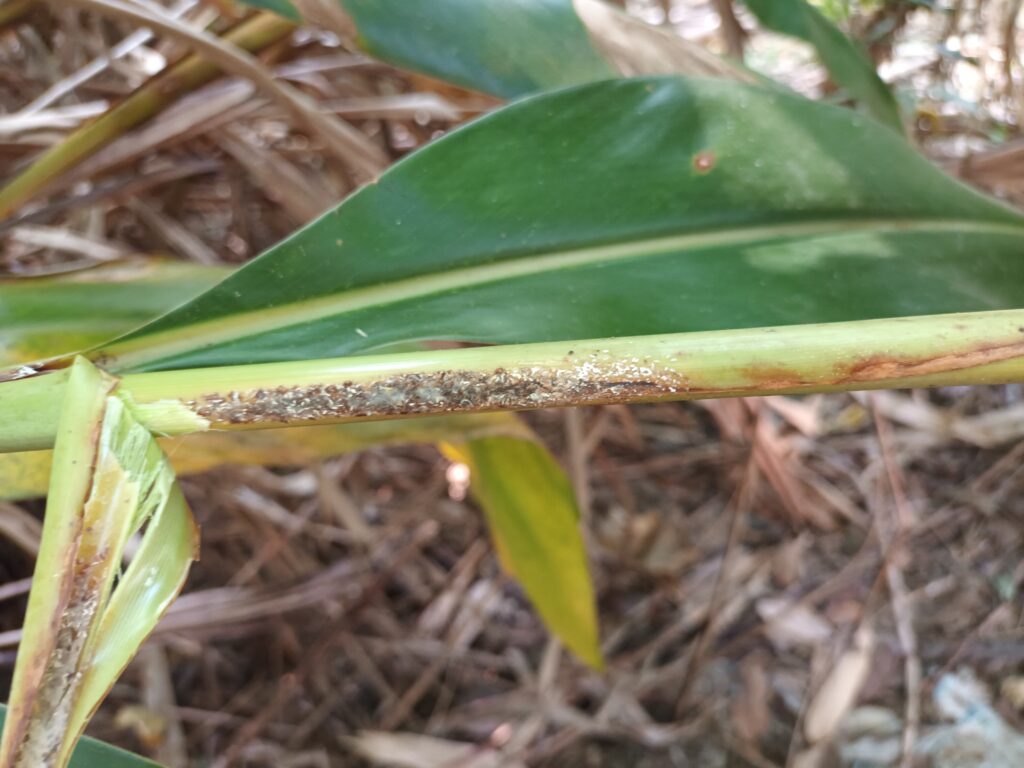
Fig. 2. Pheidole megacephala is a generalist omnivore, well-known for its dietary flexibility and for seeking out carbohydrate-rich honeydew. It is common to observe P. megacephala foraging on Taiwanese banana. The ants protect honeydew-producing insects, which are pests of the banana plant, from their natural enemies. In return, the ants obtain honeydew excreted by the pests. © Kok-Boon Neoh
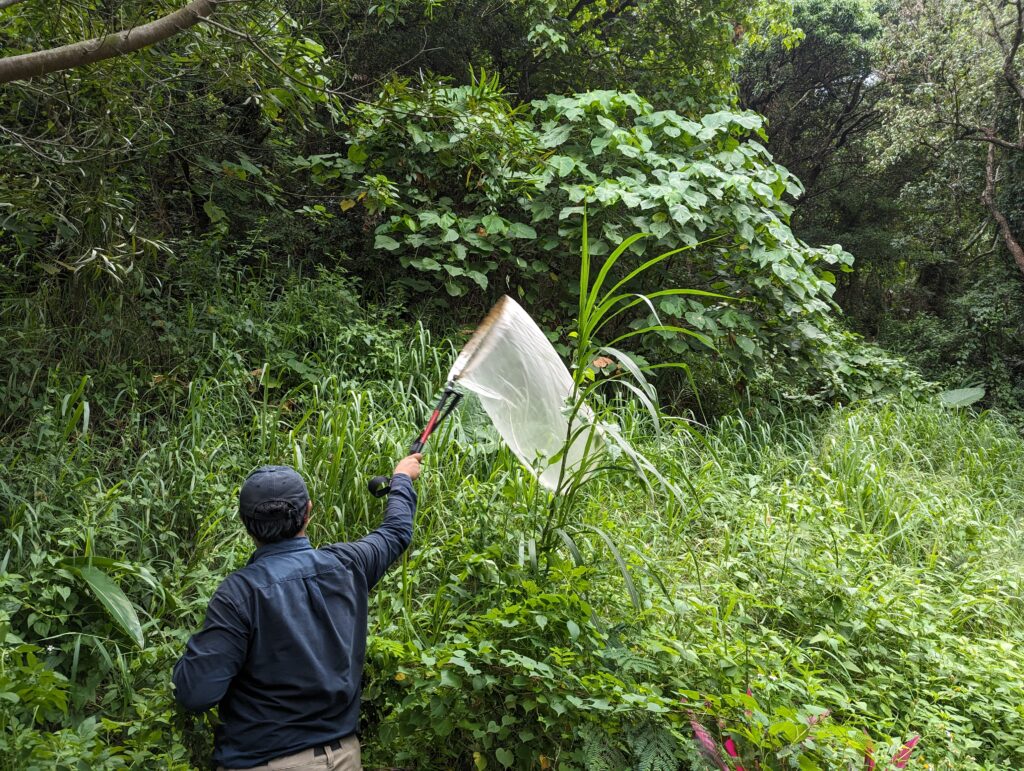

Fig. 3. Collecting arthropod samples using sweeping net in periurban forest and urban area for stable isotope analysis. © Yuan-Hung Chen.
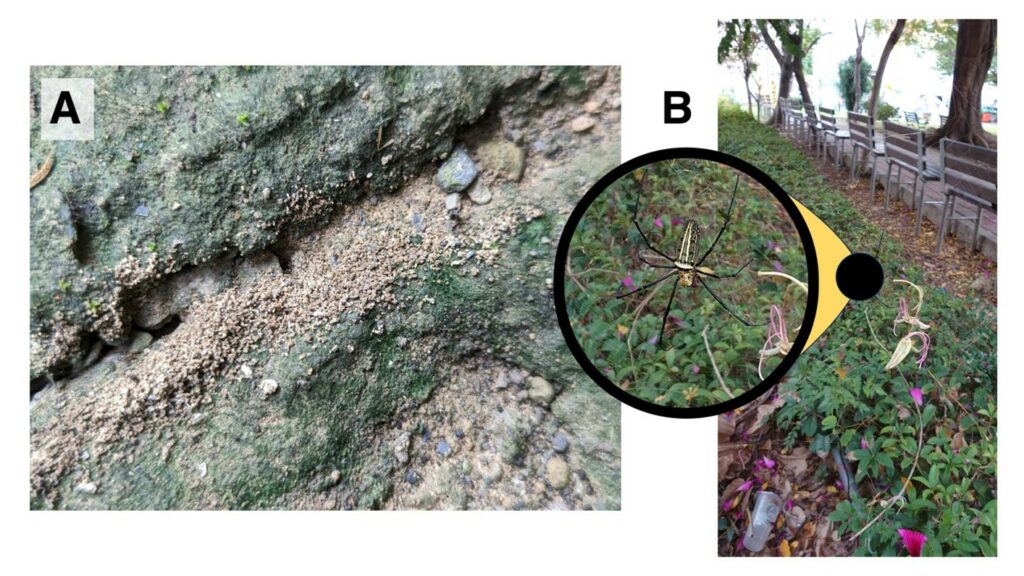
Fig. 4. (A) In urban areas, P. megacephala is commonly found to reside in cracks and crevices found on man-made structures. Adaptive survival strategies, including dietary shift and morphological variation, are necessary to survive in urban areas. (B) The golden orb-web spider Nephila pilipes (Fabricius 1793), one of the predators commonly found in urban parks of Taichung. © Yuan-Hung Chen & Ming-Hsiao Peng.

Fig. 5. Stable isotope analysis was conducted at the Research Institute for Humanity and Nature, located in Kyoto, under the project titled “Proposal and Verification of the Validity of Isotope Environmental Traceability Methodology in Environmental Studies”. © Kok-Boon Neoh.


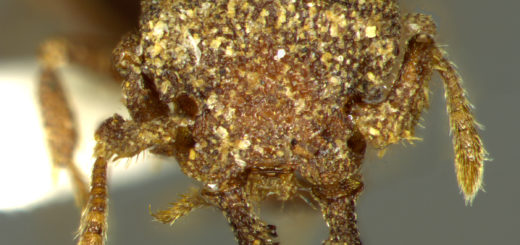
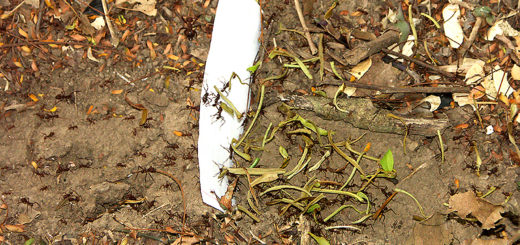

Recent Comments